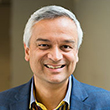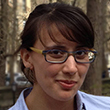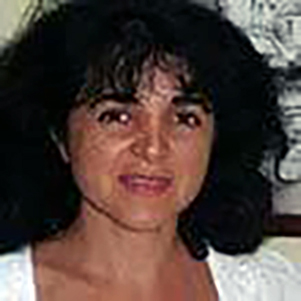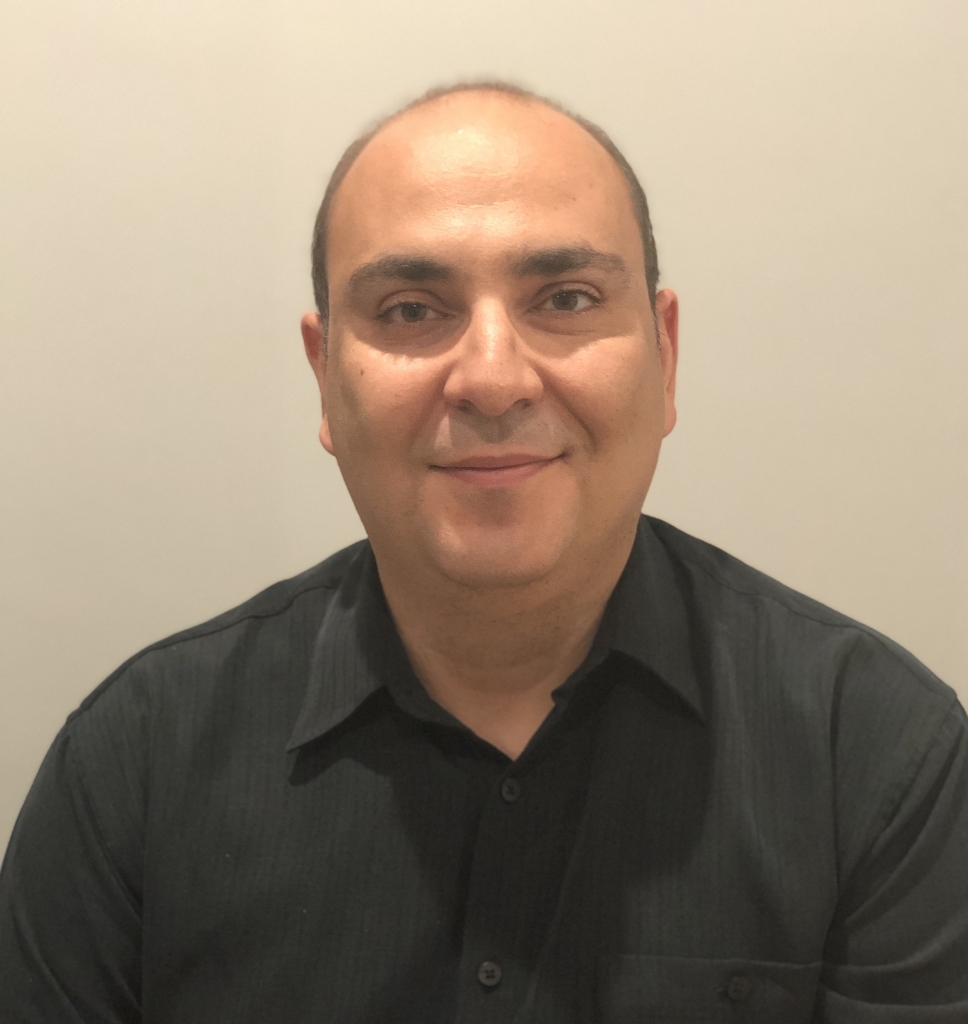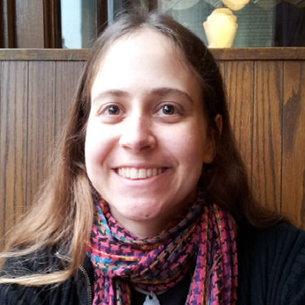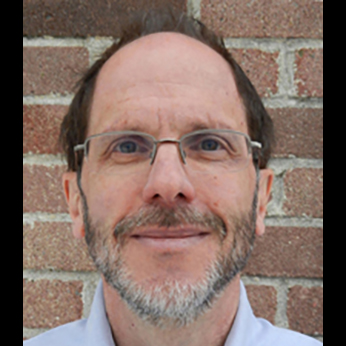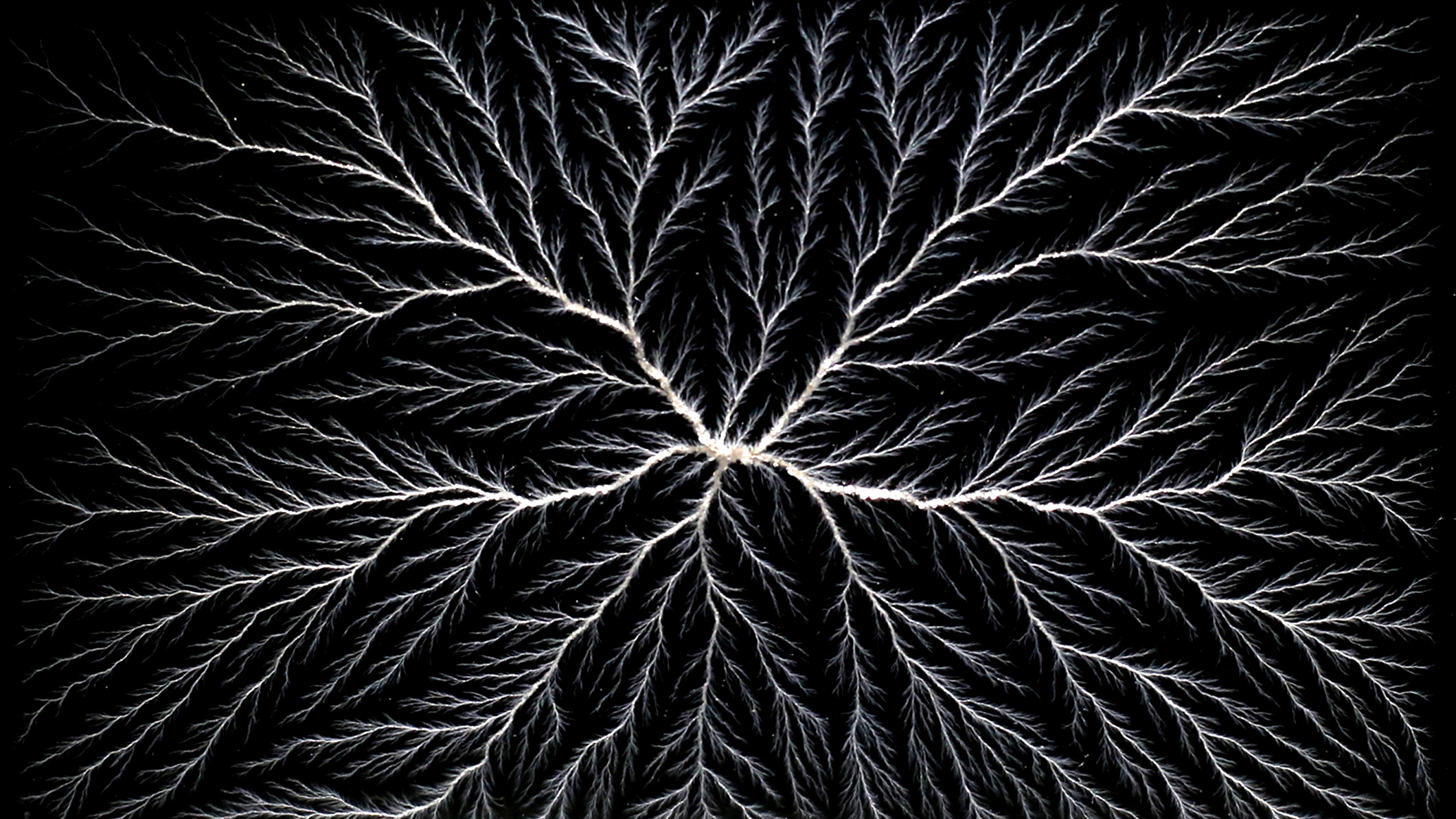Electricity and Magnetism: Electrostatics
Learn how charges interact with each other and create electric fields and electric potential landscapes. This introductory Electromagnetism physics course requires the use of calculus.
Learn how charges interact with each other and create electric fields and electric potential landscapes. This introductory Electromagnetism physics course requires the use of calculus.
Learn how charges interact with each other and create electric fields and electric potential landscapes. This introductory Electromagnetism physics course requires the use of calculus.
Electricity and Magnetism dominate much of the world around us – from the most fundamental processes in nature to cutting edge electronic devices. Electric and Magnet fields arise from charged particles. Charged particles also feel forces in electric and magnetic fields. Maxwell’s equations, in addition to describing this behavior, also describe electromagnetic radiation.
